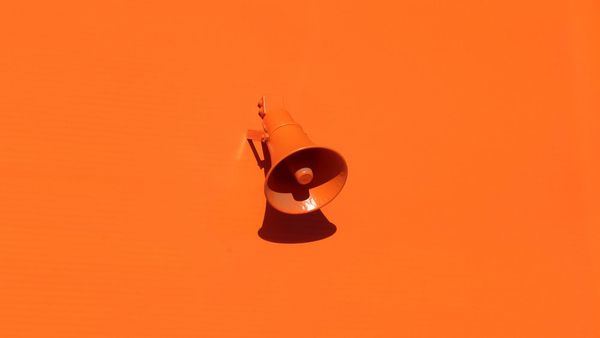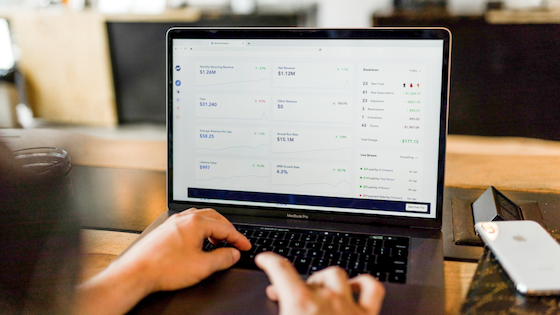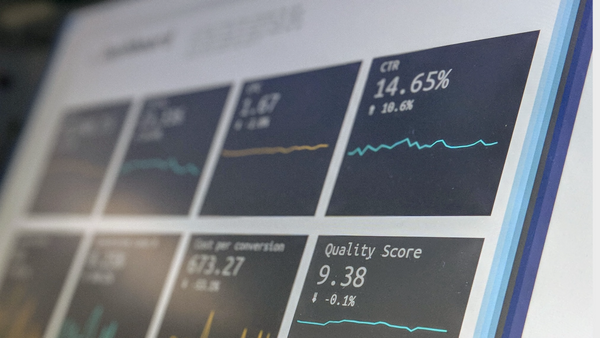Be Strategic
The first natural thing to do after experiencing a lack of sales, might be to simply start shutting off PPC altogether, or at least shutting down the campaigns and targets that have not converted to anything in that short period of time. However, playing it safe may not be the best option right now. The A9 algorithm will keep running the same way as it has before and the endless cycle of shifting ranks will continue. Below we’ll check out some sensible steps you can take to help with running your Amazon PPC during the pandemic:
Identify well performing products
I believe that initially it is smart so simply let your PPC structure run as it is for at least 4 to 5 days if not a whole week just so see that if any sudden changes are simply a temporary shift in the market based on some sudden impulsive changes in the shoppers behavior. After that point, make sure that you have the highest converting products in the rotation. When you open any campaign, you can go to any ad group and simply look at the “ads” tab:

There you can see all the products you have in rotation for that specific ad group. What you should do is select a long period of time, 2 past months or even longer and look at the ACOS by product. You can then arrange the products by ACOS and simply remove those where the ACOS is too high. The idea is that you only leave your top selling products in rotation. After running your Amazon PPC for a week under those conditions, you can start to remove targets and campaigns. If you only have a single product in an ad group then you can move on this step immediately. The idea is that you first leave your highest converting products in rotation and then see how they perform with the already existing targets. As time goes on, you can start removing those targets and what you will be left with will be your best product being advertised on your highest converting targets. You can look at this as a temporary measure or you can continue doing this long term even after the pandemic. However, if you wish to revert back to your pre-pandemic structure once it’s over you can always use the “snapshot” of it that you made before making any changes and simply put it into that configuration when you think the time is right.
Temporarily stop the exploratory Campaigns
Every healthy and well constructed PPC structure should contain a number of campaigns that are aimed at identifying new targets that can later on be moved into a different campaign that can be more specifically targeted in perpetuity. What those campaigns are is basically “throwing stuff at the wall and seeing what sticks” they have a greater risk associated with them then some other campaigns that are targeting based on relevance and past results.
The level of risk should be offset with some conservative bidding strategies and low bids in general. However, in these circumstances, those campaigns are likely to be a drain. This is why, unless already well optimized with negative targets, those campaigns should be temporarily shut off. I say temporarily because your first priority should be to, first and foremost, identify what is working consistently in your current PPC structure before exploring new avenues of growth. This, of course, should not be done if your exploratory campaigns have continued to perform. Most likely there will be a somewhat steady and relatively consistent new set of circumstances now that people are settling into this new and bizarre lifestyle and then you can create exploratory campaigns adjusted to that.
Double down on what works well
A very important thing to keep in mind is that your competitors are facing the same set of circumstances as you are. It is also very likely that many of them will not respond in a very measured way and possibly panic and reduce their PPC presence. If you are keeping track of your average CPC (Cost Per Click) it might become notecable in your report that that’s exactly what’s happening. Or it’s simply that the products you’re selling are right now in high demand. Whatever the situation is, if you find that any of your main high-relevance keywords are converting well, or even somewhat well. You might want to consider increasing your budget and bid on those targets.
This time might present a unique opportunity for you to increase your ranking. If you have enough stock you should try and rank up as much as you can before Amazon allows for new inventory to be brought in. If you are selling in a non essential category at least some of your competitors are out of stock and their listings organic rankings are plummeting. If you are in a position where you can sell without going out of stock for at least the next month you might stand to gain a lot. Think about what happens next?
Sellers won’t be able to create new shipping plans for at least another 2 weeks. In addition to that, anyone sending in inventory via air shipping will have much higher costs due to so few flights in the air these days. That new price will affect their margins, so will yours. Right now you can afford a higher ACOS with bigger margins, which makes it a great time to seize those organic rankings since they will be worth even more when you need to be leaner with your advertising when your next batch with slimmer margins comes in. At the very least you can try and run a limited budget campaign on your main keyword for your best performing product and track its organic ranking during that time. You can use a software for that, or you can do it the old fashioned way by simply typing that keyword in the search bar and seeing how far you have to scroll down or how many pages you have to go through until you see your product.
In case you went out of stock, you might want to move some of the inventory of your main few products into a third party warehouse that can fulfill your orders. They do charge per SKU and the setup fees for a new one can be hefty, so it’s wisest to simply pick your best products and use this method to fulfill the orders so that you can maintain your rankings. Your products would be considered FBM which would not be an issue unless you have some other seller selling your exact same product using FBA that is still in stock, in that case you won’t have the buybox. If that is not the case you can simply do things the exact same way using that new fulfillment method.
In conclusion, the most important thing is not to panic and not to make any drastic changes to your PPC structure as a response to a few days of irregular sales and conversions. The changes you make should be purposeful and methodical. Your goal is to remove only what is necessary and to keep what is most likely to work and then proceed to gradually remove the poor performing targets. Before doing any changes you should have a blueprint for what your PPC structure looked like before the new circumstances surrounding the pandemic started so that you can once again revert to your standard structure once people’s everyday lives got back to normal. Don’t be reluctant to take advantage of opportunities when they present themselves and use any advantage you have and any avenue you can see to boost your rankings since in the future you might not be able to afford the cost of acquisition you have now. Since the same is true of your competitors, it’s better to be aggressive now then later, it’s likely to be more cost effective at least.










